Is This a Modern Day Miracle!?
If you want to see Methuselah, he is living on a kibbutz in southern Israel! Isn’t Methuselah the longest lived person named in the Bible at 969 years? And wouldn’t he have died a long time ago? Well, yes. All that is true but on our last trip to Israel we went expressly to Kibbutz Ketura just to visit him.
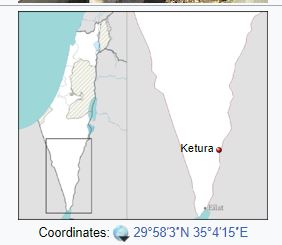
Ketura whose name means incense was the third wife of the Patriarch Abraham who he married after the death of the Matriarch Sarah. His second wife was Hagar, originally Sarah’s servant. Some commentaries feel that her name marked her as a woman known for her good deeds.
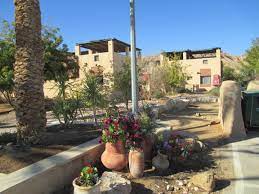
Kibbutz Ketura was founded north of the city of Eilat in November 1973 by American olim – Zionist pioneers. While the members are very mixed – religious and secular – it has a kosher dining room and asks members and guests to respect the Sabbath and Holidays in public spaces.
The kibbutz is located in the Arava section of the Negev. The Negev which comprises 55% of Israel’s landmass is a rocky desert. It is divided into five ecological zones based on annual rainfall and elevation. The Arava is a narrow strip of land on the eastern border of Israel running from the southern tip of the Dead Sea to Gulf of Aqaba. It has particularly poor soil and only about 2 inches of rain yearly.
The Arava Institute
Given the inhospitable nature of the Arava, it shows an enterprising spirit on the part of the kibbutnikim (plural Hebrew word for members of the kibbutz) that they developed the Arava Institute for Environmental Studies in 1996. It was intended as an academic and research center for environmental leadership in the Middle East and attracts students from Israel, the Middle East and Africa. I spent a morning with Dr. Elaine Solowey who is the director of the Center for Sustainable Agriculture at the Arava Institute and who has been studying desert crops and trees for over forty years with an eye to finding crops that can be successfully grown under these difficult conditions.

Meet Methuselah
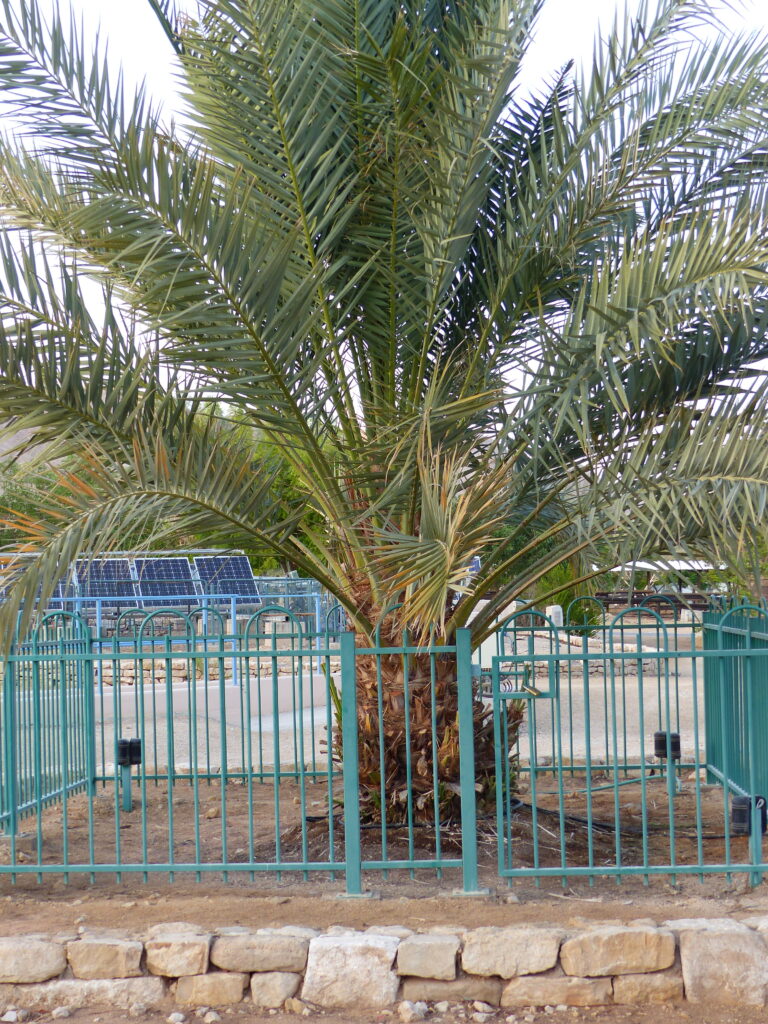
My first stop was to see Methuselah who now stands about twelve feet tall and is guarded by a metal railing. Yes, Methuselah is a tree – a date tree (Phoenix dactylifera) – to be more specific. But, why the name Methuselah?
Well, Methuselah is a recently grown tree from a 1,900 year old seed and it turns out that he really is a male. Date palms are dioecious, meaning that the tree is either male o female although its identity cannot be established until the tree reaches reproductive maturity.
The seed was found at Masada, the famous fortress that was defended by Jews in the First Jewish-Roman War of 73/74 CE. When it was clear that all was lost, the defenders committed mass suicide to avoid the fate of falling captive to the Roman conquerors.
Masada which means fortress in Hebrew (metsada) stands on a plateau on the eastern edge of the Judean Desert overlooking the Dead Sea. Geologically, it is a horst means a rocky bloc which lies between fault lines that has been pushed upward and stands out as an isolated mesa.
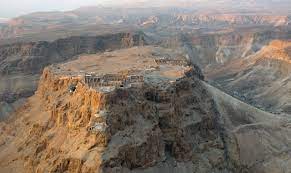
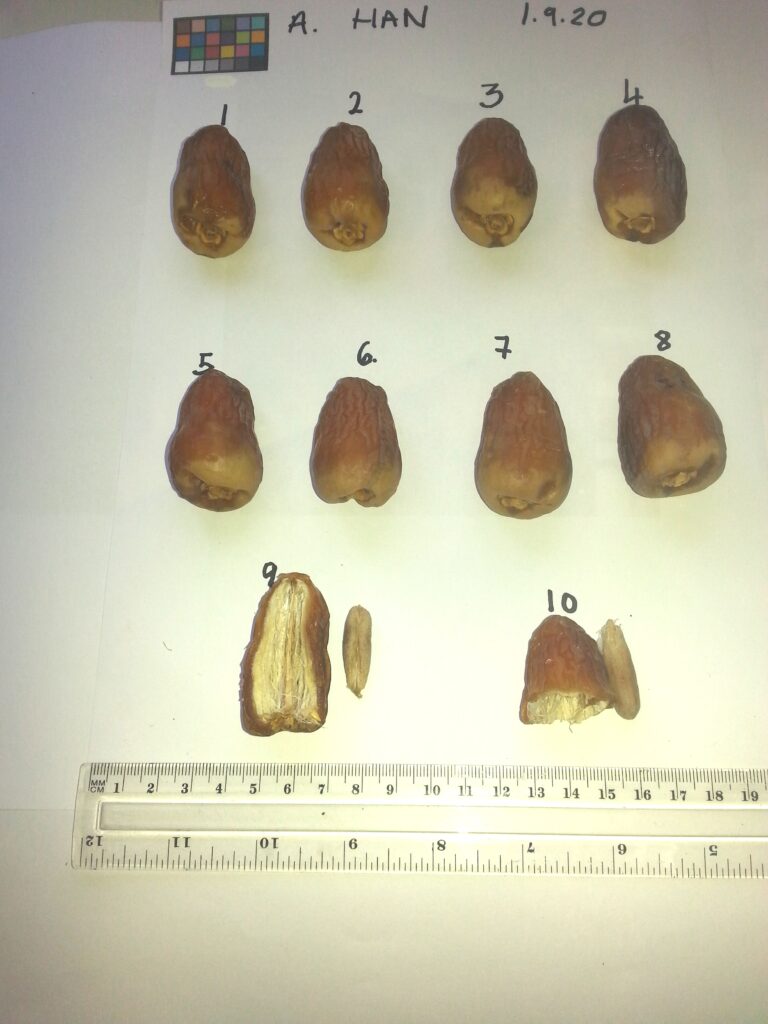
An archeological dig between 1963-1965, lead by Yigael Yadin at Masada found a ceramic pot with the date pits at level 34 underneath the Northern Palace approach in what may have been a storeroom. After being discovered they ended up being stored at room temperature for forty years until Sarah Sallon, director of the Louis L. Borick Natural Medicine Research Center at the Hadassah Medical Center in Jerusalem entered the picture. As the name of the institute indicates, she is interested in studying natural products used by, and therapies practiced indigenous peoples in China and Tibet to medicinal plants of the Middle East.
Ancient Date Seeds
The dates of ancient Judea were famed for various medicinal properties as well as their food value and there were extensive plantations around the Dead Sea and Jericho known in ancient times as Ir Ha”Temarim (The City of Dates). However, with repeated conquests and local devastation, these trees no longer exist. Sarah Sallon had the idea to seek out archeologists who might have ancient date pits among their findings to see if they could be germinated and successfully grown.
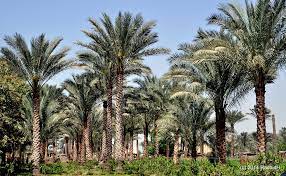
In 2005, Solowey planted three ancient date seeds. First she soaked them in water for 24 hours to soften the seed coat. Then they were soaked in plant hormone solutions to encourage embryonic growth and rooting. And finally they were soaked with a fertilizer solution. All solutions were kept at 95 o Fahrenheit. Eight weeks later, one seed germinated. Methuselah is visually different from standard date palms in that there is a sharp angle between the fronds and the spine. In 2015 at the age of ten, Methuselah demonstrated good health by producing pollen that successfully pollinated some modern female date palms.
Next week the saga will continue. Methuselah now has company!
If you are enjoying this piece, you may be interested in my book, A Habit of Seeing: Journeys in Natural Science.
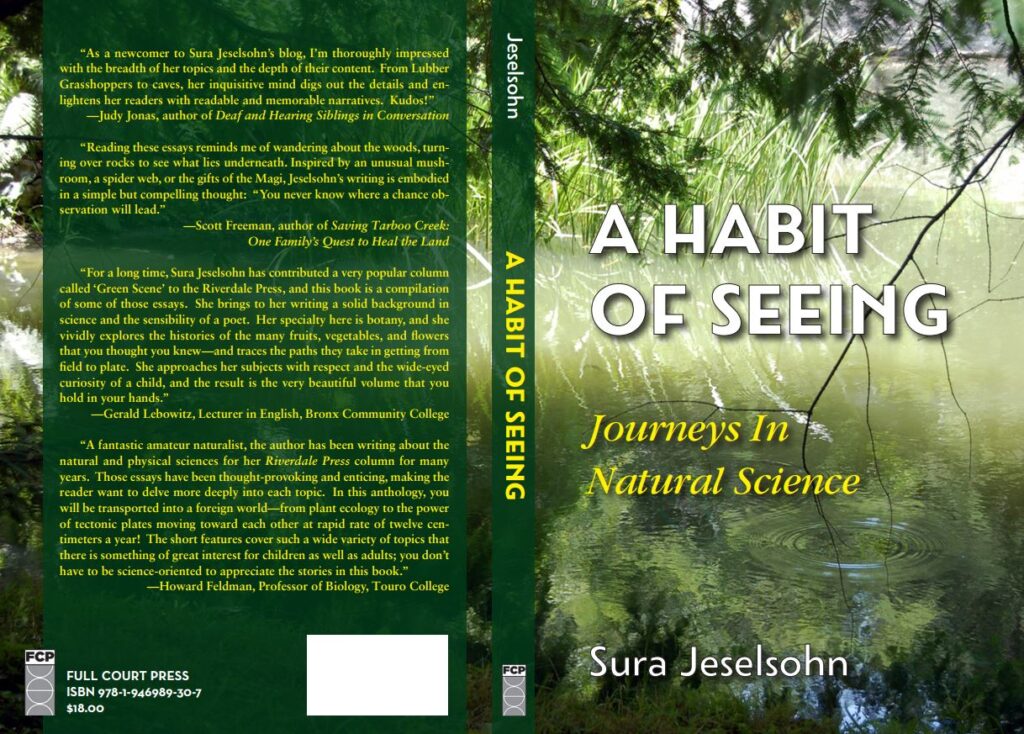
This should definitely be in the second book!! Beast wishes for a wonderful, blessed 5782!
HI, could you please explain more on “If you want to see Methuselah, he is living on a kibbutz in southern Israel! Isn’t Methuselah the longest lived person named in the Bible at 969 years? And wouldn’t he have died a long time ago? Well, yes. All that is true but on our last trip to Israel we went expressly to Kibbutz Ketura just to visit him.”. Many thanks. I have bookmarked your website for future use.
I am not sure about your question since the answer is further on in the article. Could you be more specific?